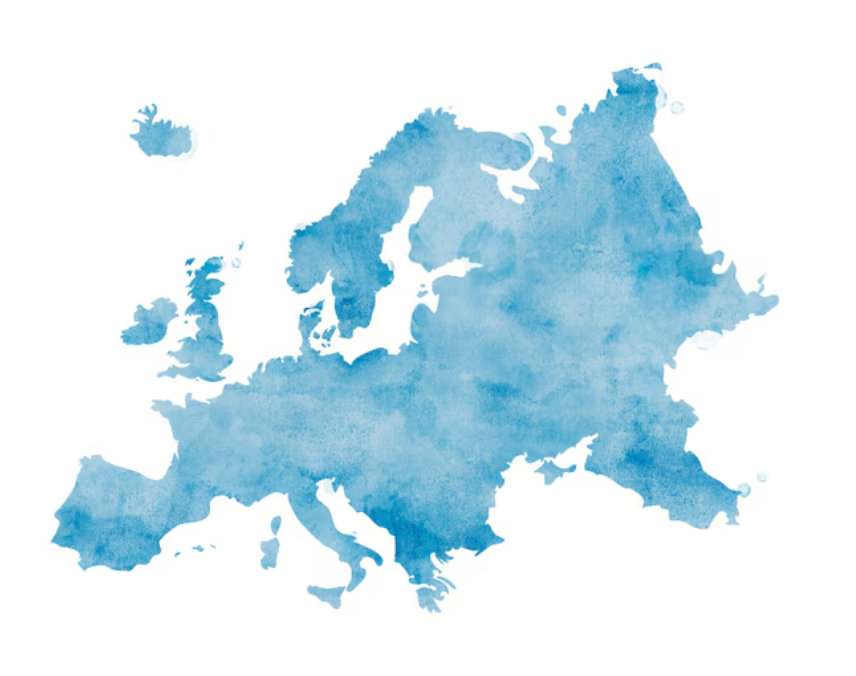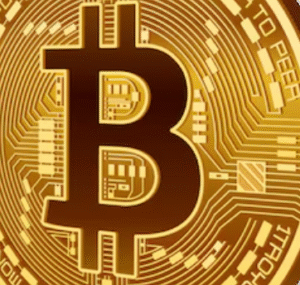$EUFN $VGK $BTC
#Europe #Finance #Investments #Savings #EUeconomy #Crypto #AssetAllocation #CapitalMarkets #EconomicPolicy #InvestmentStrategy #WealthManagement #EuropeanUnion
The European Union is at a critical juncture in its approach to capital deployment. For years, the region has been characterized by its robust savings culture, with individuals, corporations, and even governments prioritizing reserves over riskier investments. While this conservative approach has protected the bloc during economic downturns, an increasing amount of European capital is consistently being invested abroad rather than being deployed in local markets. This strategy often leads to inefficiencies in wealth generation, as significant portions of Europe’s funds are fueling growth in foreign economies instead of fostering innovation and productivity within its own borders. A strategic overhaul to redirect these savings into local opportunities could pave the way for a more vibrant and competitive European Union economy.
Much of this capital outflow stems from Europe’s historical reliance on other markets—particularly the United States and emerging economies—for superior returns. Funds flow into American equities, such as those represented by the $EUFN ETF, which tracks European financial stocks with significant cross-border exposure. Similarly, global diversification into assets like $BTC represents the increasing appetite for crypto markets. However, these practices have left Europe’s economy overly reliant on external growth dynamics and undervalued its own potential. The European capital markets are fragmented, with inefficiencies across borders, regulatory inconsistencies, and a lack of high-growth investment opportunities. In contrast, more integrated regions—like the U.S.—have leveraged domestic reinvestment to amplify economic output and innovation. To compete on a global scale, European policymakers and financial institutions must create conditions that reward reinvestment in the domestic market.
One solution is for the EU to develop a deeper, more unified capital market that reduces the barriers for pan-European investment. This framework can channel the region’s considerable savings into local infrastructure, green energy initiatives, and emerging technology sectors. A case in point could be the VGK ETF, representing European equities, which could see enhanced returns with increased investment in domestic businesses and economies of scale from deeper integration. Investment in areas like renewable energy could not only yield significant returns but also contribute to the EU’s ambitious climate goals. Accelerating this shift would also likely raise demand for European sovereign bonds, helping manage government debt levels and expand fiscal capacity for future projects.
Redirecting Europe’s savings will require coordination among institutions, regulators, and market participants. Efforts must focus on reducing risk aversion by fostering competitive returns domestically while implementing safeguards to build confidence. A growth-focused approach could also shift the narrative surrounding the EU’s investment prospects, elevating European markets on the global stage and curbing the current exodus of capital. If successful, the effort to redeploy savings efficiently would reinvigorate Europe’s economy, contributing to job creation, sustainable growth, and enhanced financial stability. Over time, these changes could position Europe as not only a global partner but also an economic leader whose capital is utilized for local progress instead of distant returns.











Comments are closed.